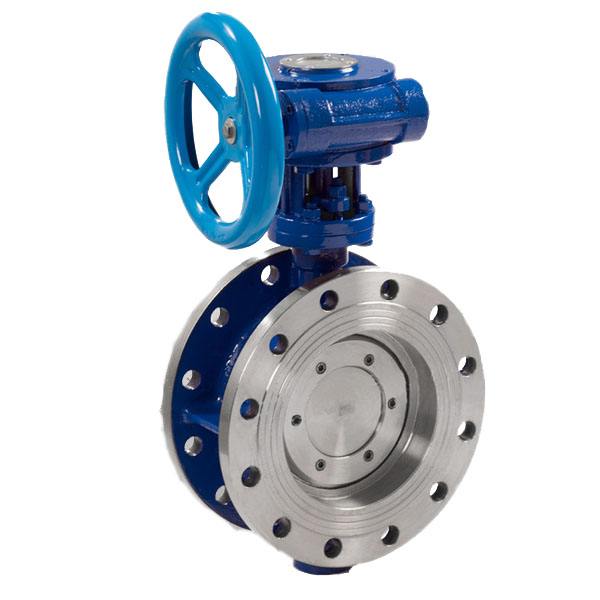Gasket Solutions for Enhanced Performance of Check Valves in Various Applications
Understanding Check Valve Gaskets Importance and Maintenance
Check valves play a crucial role in various piping systems by allowing fluid to flow in one direction while preventing backflow. To ensure the effective operation of these valves, gaskets are essential components that provide a tight seal between the check valve and the piping system. This article explores the importance of check valve gaskets, the materials commonly used, and maintenance tips to enhance their longevity and effectiveness.
The Importance of Gaskets in Check Valves
Gaskets serve as barriers against leakage and ensure that the valve operates efficiently. When fluid flows through a check valve, the pressure generated can cause vibrations and dynamic movements. A well-fitted gasket absorbs these vibrations, preventing wear and tear on both the valve and the piping system. Furthermore, gaskets help maintain the integrity of the system by preventing contaminants from entering the fluid stream, which is particularly critical in applications such as wastewater management and chemical processing.
Without an effective gasket, leaks can occur, leading to substantial losses in fluids and increased operational costs. Additionally, leaks can compromise safety and lead to environmental hazards. Thus, selecting the right gasket material and ensuring its proper installation is vital for the reliable operation of check valves.
Common Materials for Check Valve Gaskets
Different applications require different gasket materials to withstand varying temperatures, pressures, and chemical exposures. Here are some common materials used for check valve gaskets
1. Rubber Synthetic rubber materials such as nitrile and EPDM are popular choices due to their flexibility and resistance to weathering and ozone. These materials are suitable for general-purpose applications.
2. PTFE (Polytetrafluoroethylene) Known for its excellent chemical resistance and high-temperature tolerance, PTFE gaskets are ideal for applications involving aggressive chemicals. They also possess a low friction coefficient, which can enhance valve performance.
3. Graphite Gaskets made from graphite are often used in high-temperature applications. They offer good resistance to thermal cycling and can seal well under high pressure.
4. Metallic Gaskets In high-pressure and high-temperature scenarios, metallic gaskets made from materials like stainless steel or copper are preferred. They provide a robust sealing option that can withstand considerable stress.
check valve gasket

Selecting the right gasket material is essential, as different environments will influence the performance and lifespan of the gasket.
Installation Tips for Check Valve Gaskets
Proper installation is key to ensuring that gaskets perform effectively. Here are some tips to consider
1. Surface Preparation Before installing a gasket, ensure that the surfaces of the check valve and the connecting pipes are clean and smooth. Any debris or corrosion can compromise the integrity of the seal.
2. Correct Alignment When positioning the gasket, ensure it is properly aligned with the valve and pipe flange. Misalignment can lead to uneven pressure distribution and premature failure.
3. Proper Torque When tightening bolts, follow the manufacturer's specifications for torque settings. Over-tightening can compress the gasket excessively, leading to deformation, while under-tightening may not create a sufficient seal.
4. Routine Checks and Maintenance Regularly inspect gaskets for signs of wear, such as cracks, swelling, or material degradation. Promptly replace any gaskets that show signs of failure to prevent leaks.
5. Environmental Considerations Consider the operating temperature and chemical exposure when selecting and installing gaskets. Ensure the material is compatible with the fluids being transported.
Conclusion
Check valve gaskets are essential for the efficient operation of fluid systems, preventing leaks and ensuring safety. By understanding the importance of gaskets, selecting the appropriate materials, and following proper installation and maintenance practices, operators can significantly enhance the reliability and longevity of check valves. Taking these steps not only ensures the efficient functioning of the system but also protects against costly repairs and environmental hazards. Regular attention to gaskets will go a long way in maintaining the overall health of piping systems.
-
The Key to Fluid Control: Exploring the Advantages of Ball Valves in Industrial SystemsNewsJul.09,2025
-
The Versatile World of 1, 2, and 3 Piece Ball ValvesNewsJul.09,2025
-
Stainless Steel Ball Valves: The Ideal Choice for Efficient Flow ControlNewsJul.09,2025
-
Optimizing Fluid Control with Ball Float ValvesNewsJul.09,2025
-
Manual Gate Valves: Essential for Control and EfficiencyNewsJul.09,2025
-
Everything You Need to Know About Butterfly ValvesNewsJul.09,2025
-
The Versatility of Wafer Type Butterfly ValvesNewsJul.08,2025




